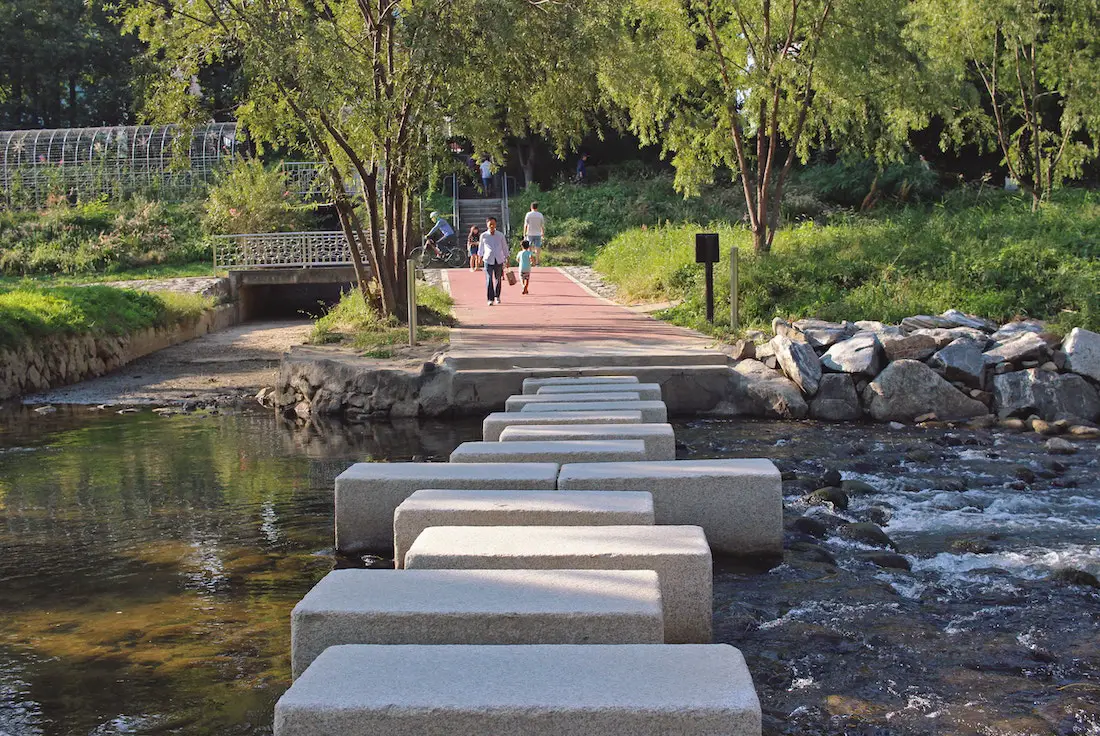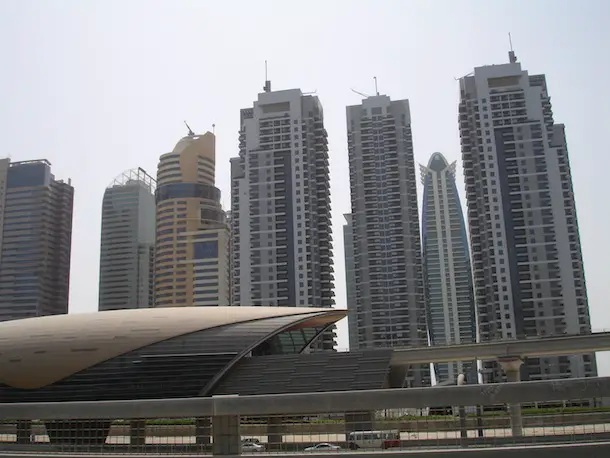I live in Ho Chi Minh City, the largest city in Vietnam, which last year already had less than half of the green spaces per person than the World Health Organization’s minimal recommended amount. In a city of over 7 million people that has lost half of its greenery in the last decade, each square kilometre is shared by 3,400 inhabitants.
The tropical climate has a monsoon season lasting close to six months, but it is the urban density that has increased flooding. Ranking close to 40th most dense city in the world, HCMC residents have developed some ingenious practicalities to cope with the city’s logistics, such as the ability to momentarily stop one’s motorbike and in only a few seconds put on a raincoat, as soon as the rain starts.
This photo essay explores the ways in which people negotiate the use of their limited living quarters. The available space in or around one’s sleeping quarters is fair game for all domestics. In a country where the majority of the population do not have plentiful wardrobes bursting with fashion consumables, the heat, humidity and pollution make daily laundry washing an essential task. The photos below illustrate the constraints of space and the inventiveness in finding a place to dry clothes.

A shack on a narrow street puts the washing in the road to dry.

A hairdresser hangs towels on the pavement, which is rarely used for walking on as it is potholed and full of parked motorbikes. People often walk in the road, despite the heavy traffic.

These are the railings of a bridge heavy with traffic. As vehicles whiz by, locals dry their clothes.

If you look up in Saigon, clusters of cables line the sky, framing this colourful apartment window.

The balcony in this lovely old house has been adapted to offer extra space for hanging clothes underneath.

Groups of construction workers are employed far from their home villages. They set up huts near the building site. There is little or no privacy. Women are often seen working hard on the construction site in the daytime and doing all the housework afterwards.

A crane driver uses his work machine as a temporary home. He sleeps in the truck and dries his washing on it.

The protruding wires from a destroyed house easily allow for clothes-lines to be set up.

Many houses in this area are being demolished to make way for a new development plan. The residents that haven’t been moved on make use of the extra space to air their bed covers.

A gate to unused private land is a perfect drying rack on a sunny day.

The grounds of this small cemetery have been taken over for domestics by the residents of the surrounding homes.

A makeshift home between a road and the river gets enough breeze to dry clothes quickly.

Roadside washing belongs to the family who operate a motorbike repair business on the side of a wide road.

One of the few (expensive) plots of land that are as yet unbuilt on. This temporary green space is used by neighbours who have no space in their own homes to dry their laundry. Once the construction begins on this patch, they will have to find another place for their washing.

Houses are built very close to each other or even touching. Tin roofs cluster around one family’s balcony, a luxury space for clothes to air dry.

Another household uses their alley to extend their domestic space.

A lorry driver turns the cabin into a wardrobe when driving from one town to another.
Cristina Nualart is a European art practitioner and lecturer currently based in Ho Chi Minh City, formerly known as Saigon.


